PHOTOGRAPHER’S PARADISE
Professional photographer Scott Ramsay journeys far and wide to tell the story of Africa’s wilderness.
Do thundering hooves, flickering tails and light on feathers set your heart racing and your lens cap twitching? If so, you might have wondered what it’s like to photograph animals in East Africa, a region globally renowned for its rich biodiversity, concentrations of wild animals and dramatic landscapes.
We met up with professional photographer and writer Scott Ramsay to get the low down on where his favourite East African hotspots are for capturing envy-inducing wildlife shots. Born and bred in South Africa, Scott holds a deep passion for Africa’s wilderness. He journeys far and wide to tell the story of Africa’s remotest protected areas, collaborating with conservationists to help stand up for and protect these precious remaining pockets of wilderness.
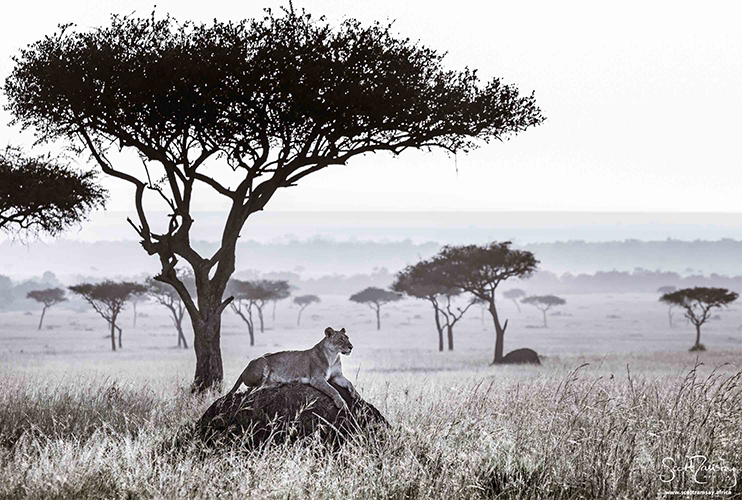
Lioness in the northern Masai Mara, Kenya
You clearly enjoy photographing wildlife in East Africa. What draws you to the region?
There’s a couple of things I love. Firstly, in places like the Masai Mara or Serengeti you get huge horizons which create clean, open backgrounds to make your subject pop (compared to the South African bushveld and woodland which doesn’t make as clean a backdrop). Secondly, the quality of light in East Africa is usually softer than Southern African light, which tends to be harsher. Because of moisture in the air at the tropics, there’s a gentler light which is especially good for photographing people.
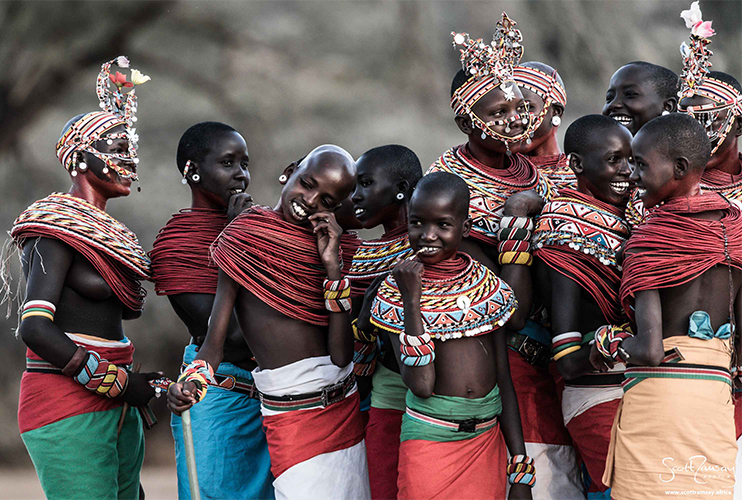
Samburu children, northern Kenya
Share some of your East African hotspots for capturing awesome wildlife.
I’ve spent a lot of time in Kenya and I love going off the beaten track to find unique photo opportunities. The first place is the Samburu region. The combination of semi-arid landscape and the people are so compelling; it’s very different to a typical East African experience that most people expect. From Sasaab, I did a helicopter trip up to Lake Turkana which was unbelievable. The landscape is out of this word and you get some fantastic flamingo photos which not many people can access.
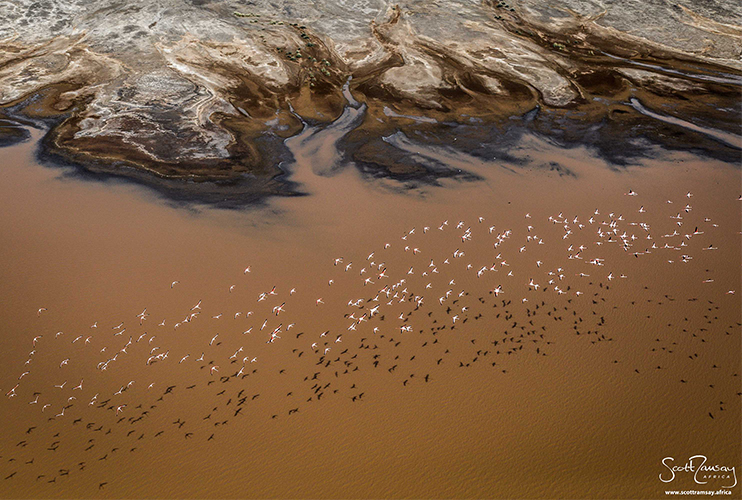
Flamingos above Lake Logipi in northern Kenya
The Aberdares National Park is also special for me as it’s a high altitude, African landscape with very different vegetation. But then it also has elephants and leopards too, which is not what you expect! Season is key here as the colder rainy months are misty. I love that you can get out of your vehicle to explore different angles or take a dip in one of the icy rivers. It’s a nice change (just be careful of the elephants and buffalo)!
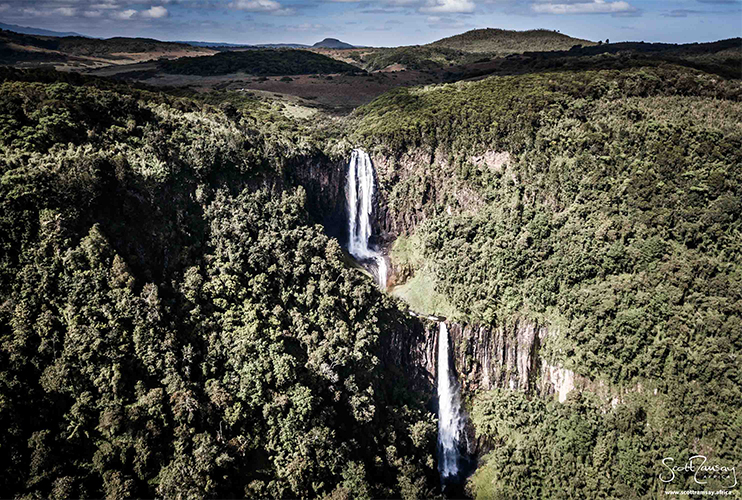
Karuru Waterfall in the Aberdare National Park, Kenya
Tanzania is off the charts from a diversity point of view. I’ve been to so many places there, but if I could only go to one place again in East Africa in a lifetime, I’d go to Mahale Mountains National Park on the shores of Lake Tanganyika. The combination of wild chimpanzees, the lake and towering, forested mountains is breathtaking; there’s nowhere else like it. It’s the exact opposite of mass safari tourism and the chimp trekking experience is different every time. The guides at Mahale are brilliant, they’re not just guides; they are true naturalists and forest specialists who know the Mahale chimps like their own family.
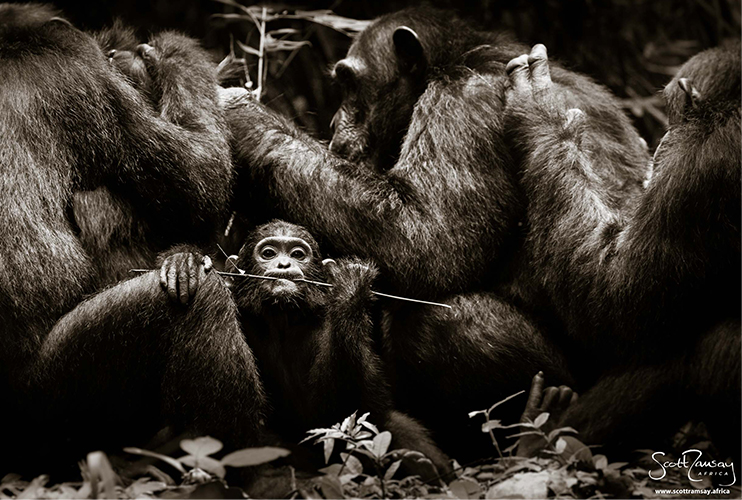
Chimpanzees in Mahale Mountains National Park, Tanzania
The southern Serengeti in Maswa Game Reserve in February/March is very special when the wildebeest are calving. You don’t see many other visitors, and baby wildebeest are being born left, right and centre. There’s so much life around you! Katavi National Park is also a favourite as it’s remote so there are less visitors. You get massive hippo congregations around the end of dry season – hundreds piled up in pools of shrinking water. It can be stressful for the hippos to be crammed into small pools, but as a photographer, you can get unique images.
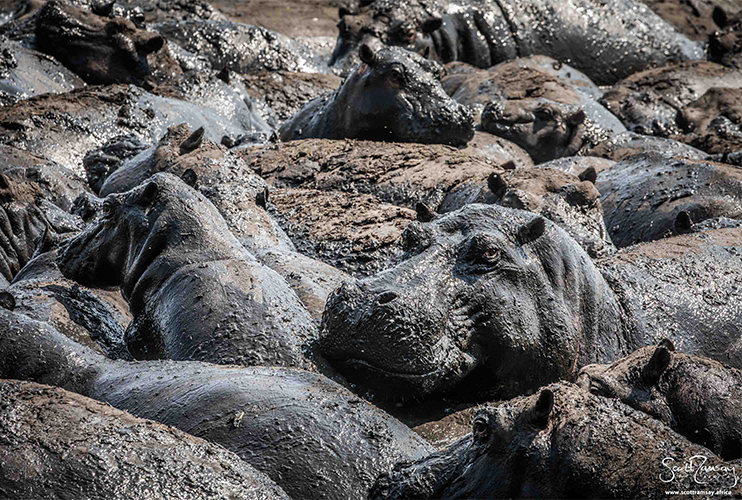
Hippos in a dry season pool in Katavi National Park, Tanzania
Virunga National Park in the Democratic Republic of Congo is overall the most photogenic and diverse National Park I’ve been to. The contrast of mountains, forests, gorillas, savannahs and lava lakes, plus the resilient, colourful Congolese people make for impactful visual storytelling. For someone like me who grew up in a city, it’s like stepping into the movie Jurassic Park.
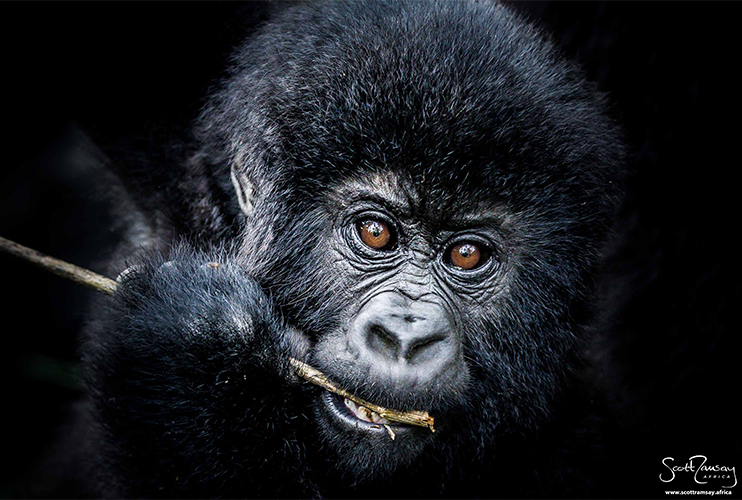
Young gorilla in Virunga National Park, Democratic Republic of Congo
Have you got a favourite time of year for wildlife photography in East Africa?
I don’t really have a favourite time of year. Every season has its pros and cons. The most important thing is to have time in a place. Photographers don’t get good results by rushing a trip. And if you go on safari in high season, you get a lot of the same shots that everyone else is getting, so they tend to be clichéd. My better shots often come from out of season safaris where you get different weather conditions. For example, thunderstorms rolling across the plains of the Masai Mara in December against lush long grasses and a foreground of animals.
Describe the excitement of an East African safari from a photographer’s perspective.
It’s often not excitement one feels, but more like a deep sense of peace and presence. When you connect with the scene and the wildlife by spending as much time as you can in one place, the animals pick up on that and relax around you, which is when you end up getting incredible shots. The experience is more meditative and there’s an easy feel to it. The best images come when I’m not actually wanting to take a photo. Instead, I’m just enjoying the experience, everything flows and I happen to be there and press the button. It’s actually the opposite of adrenalin; it’s a moment of intimacy.
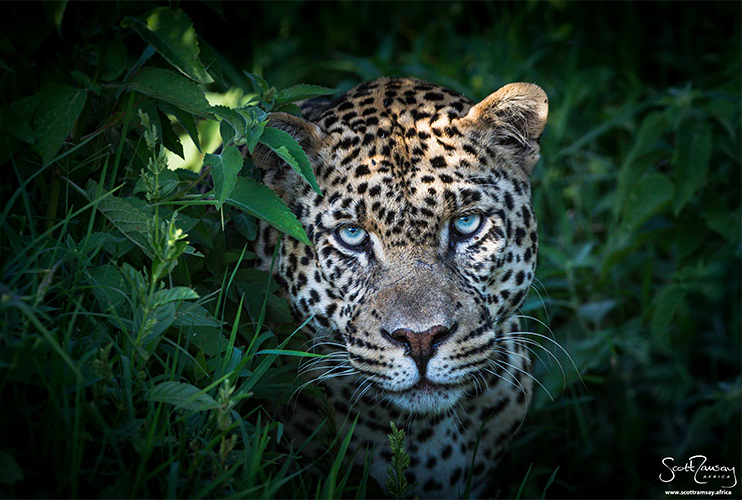
Leopard in the Aberdare National Park, Kenya
What do you find are the challenges of capturing wildlife?
Time (the more you have the better)! And searching out lesser-known locations. These days, as much as possible, I go to the less popular parks. There are fewer people and there’s a sense of discovery which shows in your images.
You don’t want to do what everyone else is doing, or you’re not going to get unique images.
What does a typical day on safari look like for you as a professional photographer?
I’m up and out early to spend as much time as possible in the bush. My philosophy is like a fisherman: if your line’s not in the water, you’re not going to catch a fish! The whole golden hour thing is fine, but sometimes the best shots are in the middle of the day because of the high contrast. High contrast images convert better to black and white, which I enjoy creating.
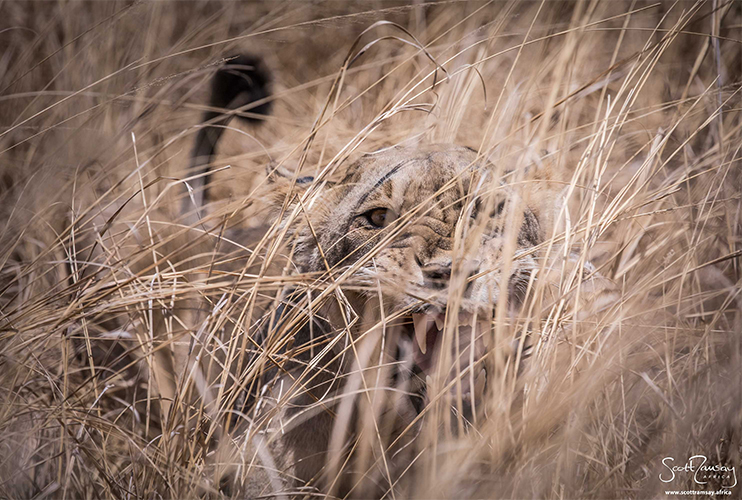
Lioness in Katavi National Park, Tanzania
What do you love about wildlife photography?
The wildlife. I love nature first and photography second. The images are really a by-product of one’s love for nature. That’s the key thing for me, not to get hung up on technicalities or gear, but to just be present in the moment.
For me, the best images contain an intangible sense of awe and respect for nature.
Can you share some tips for photographing wildlife?
It’s important to have independence, so having your own vehicle and guide is key. It also makes a big difference to have a guide who understands photography and what angles or lighting makes for a dramatic photograph. For example, a leopard which is back-lit, rather than with the sun shining directly onto it, can make for a more dramatic photo.
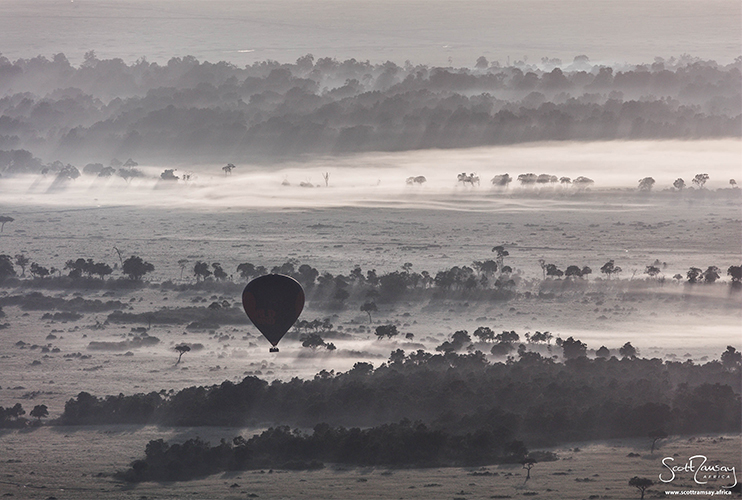
Hot air balloon in northern Masai Mara, Kenya
What are your essential safari bag items for a photographic safari?
Most of my photography is wild animals on big landscapes, which is what I love. Therefore, for me, a telephoto lens is essential as it allows me to capture expansive landscapes whilst being able to zoom in on a subject and bring it closer to the viewer. It compresses the distance to give an immediate presence and transport the viewer right into the scene.
My go to lens is a telephoto 100-400 mm Canon which is not too big so you can carry it whilst walking. I also have a 500 mm lens for a little extra reach, then a 24-105 mm lens which covers almost everything else. A tripod is great if you want to take nighttime shots or smooth out the flow of water in a river or waterfall scene.
You can explore Scott’s photographic journeys to wild places and his journal on his website or find him on Instagram @scottramsay.africa.
If you’d like to plan the ultimate photographic safari to East Africa, get in touch today by emailing info@thesafaricollection.com and we can make your safari dream a reality.

RELATED NEWS

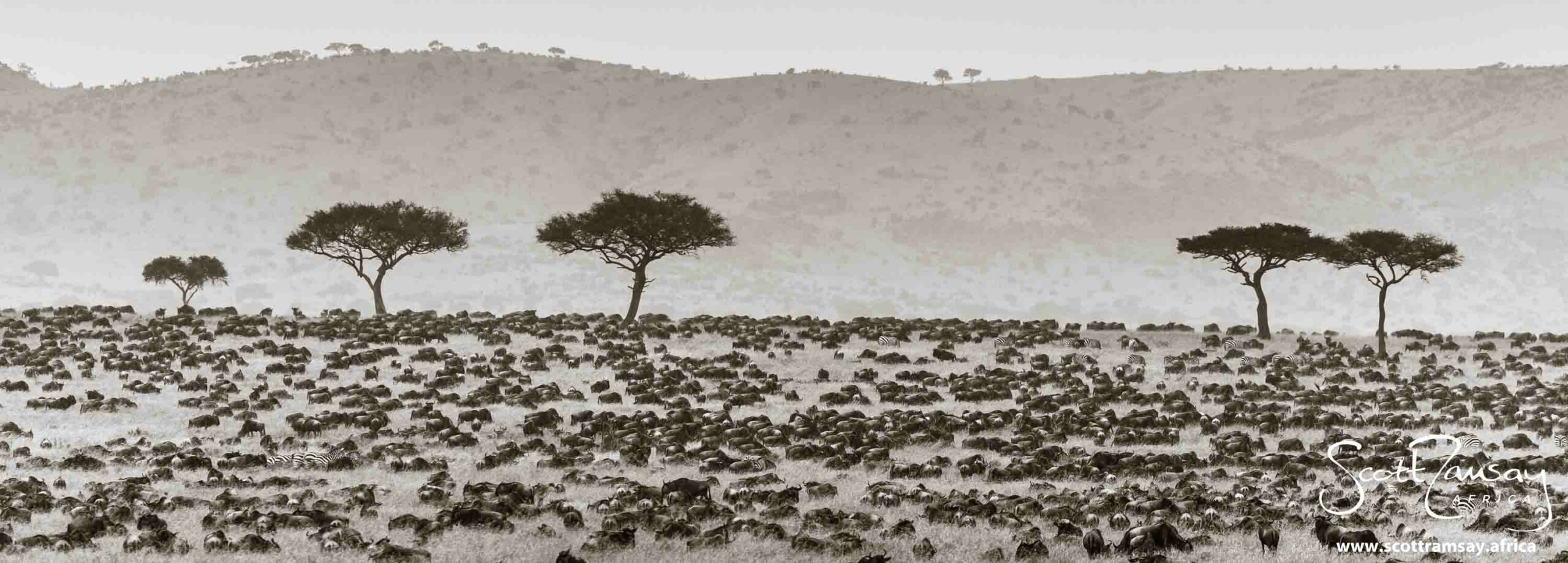
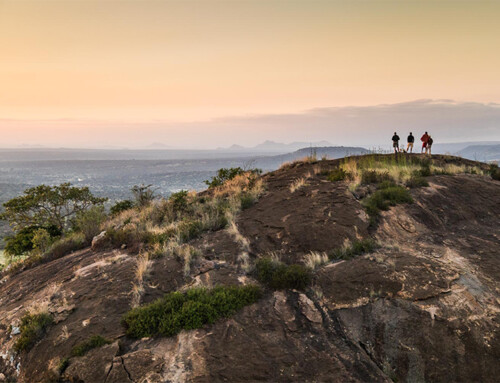
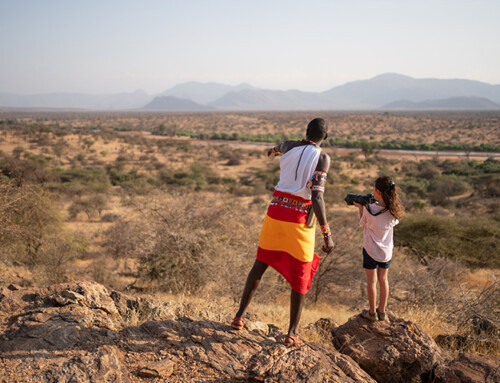
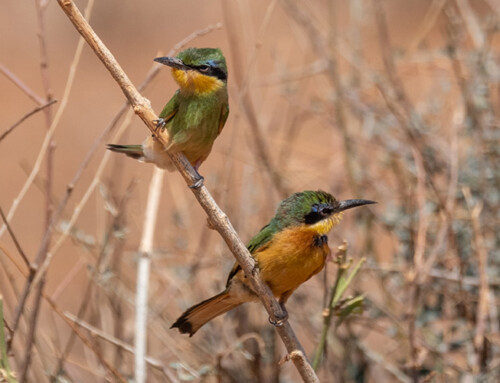
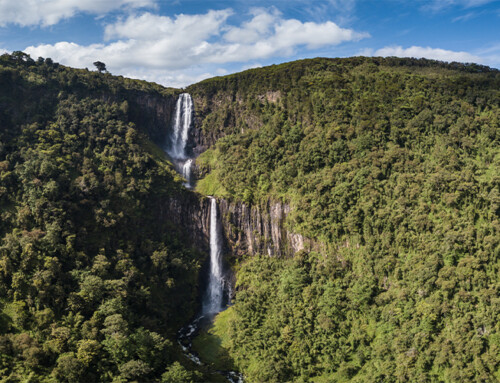
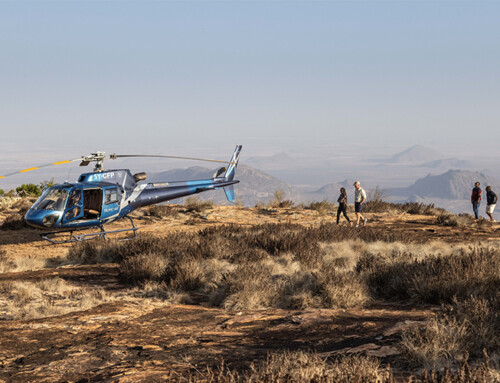
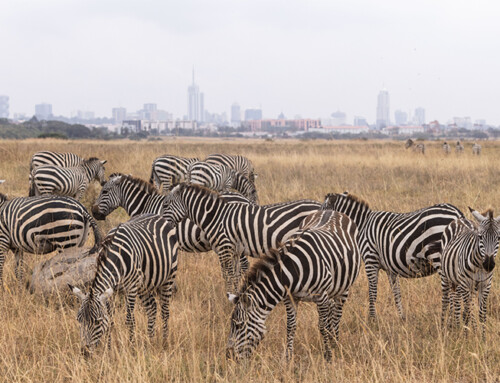
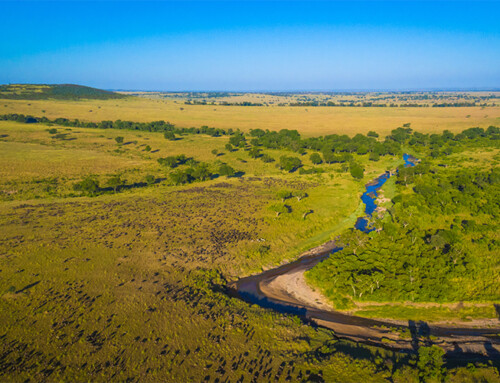
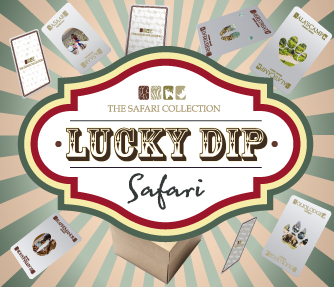

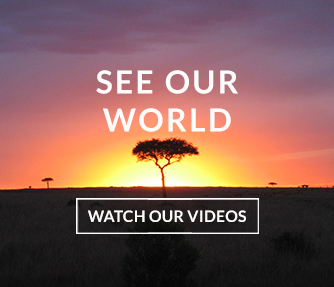




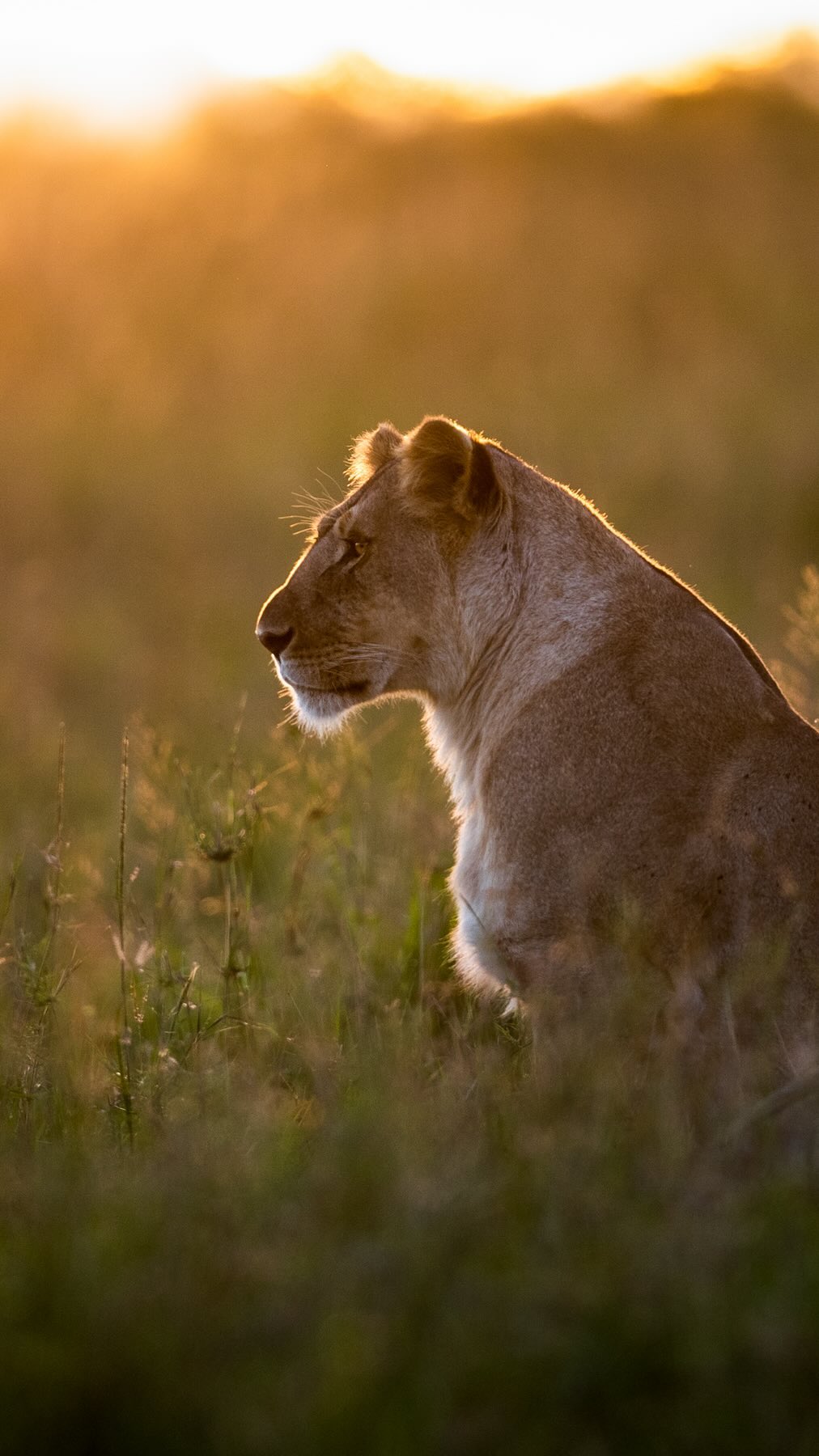
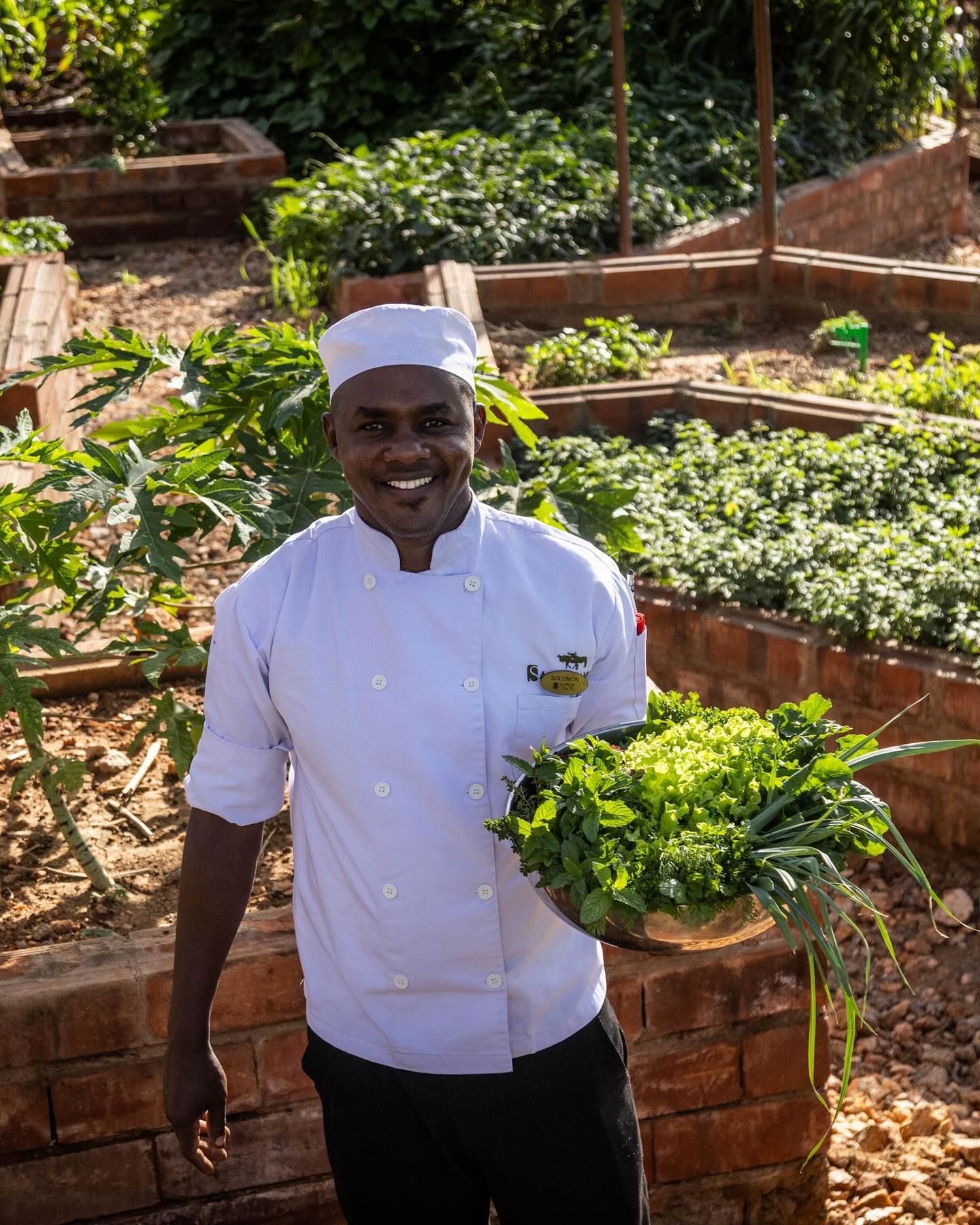
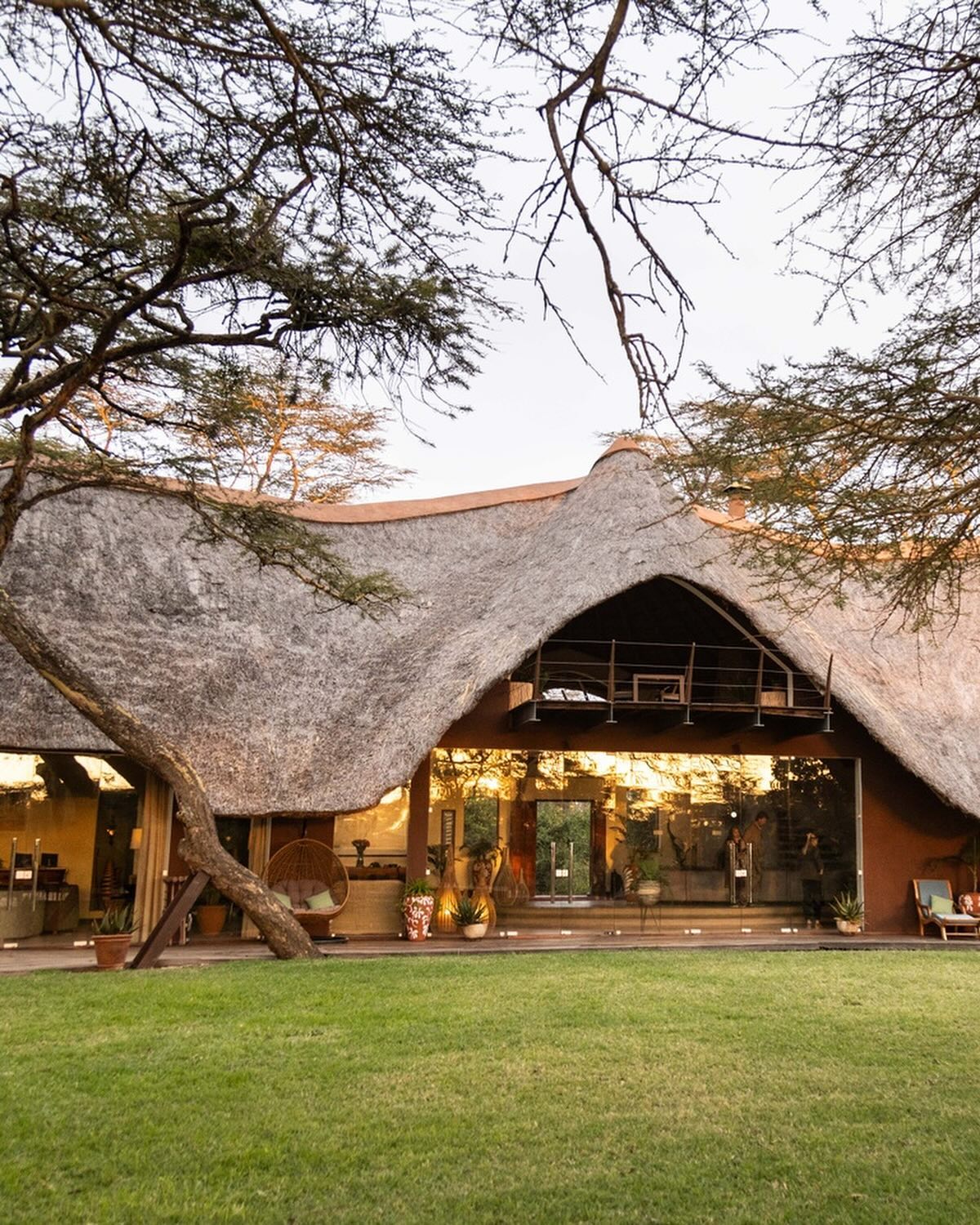
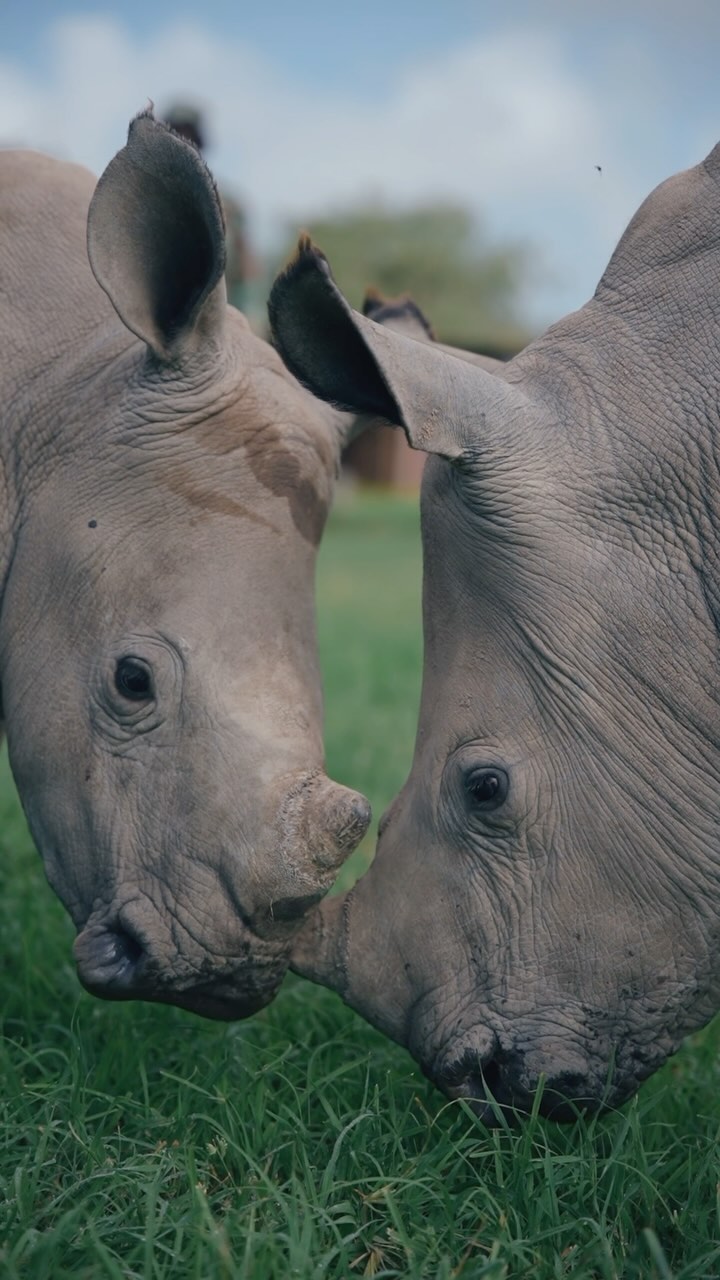
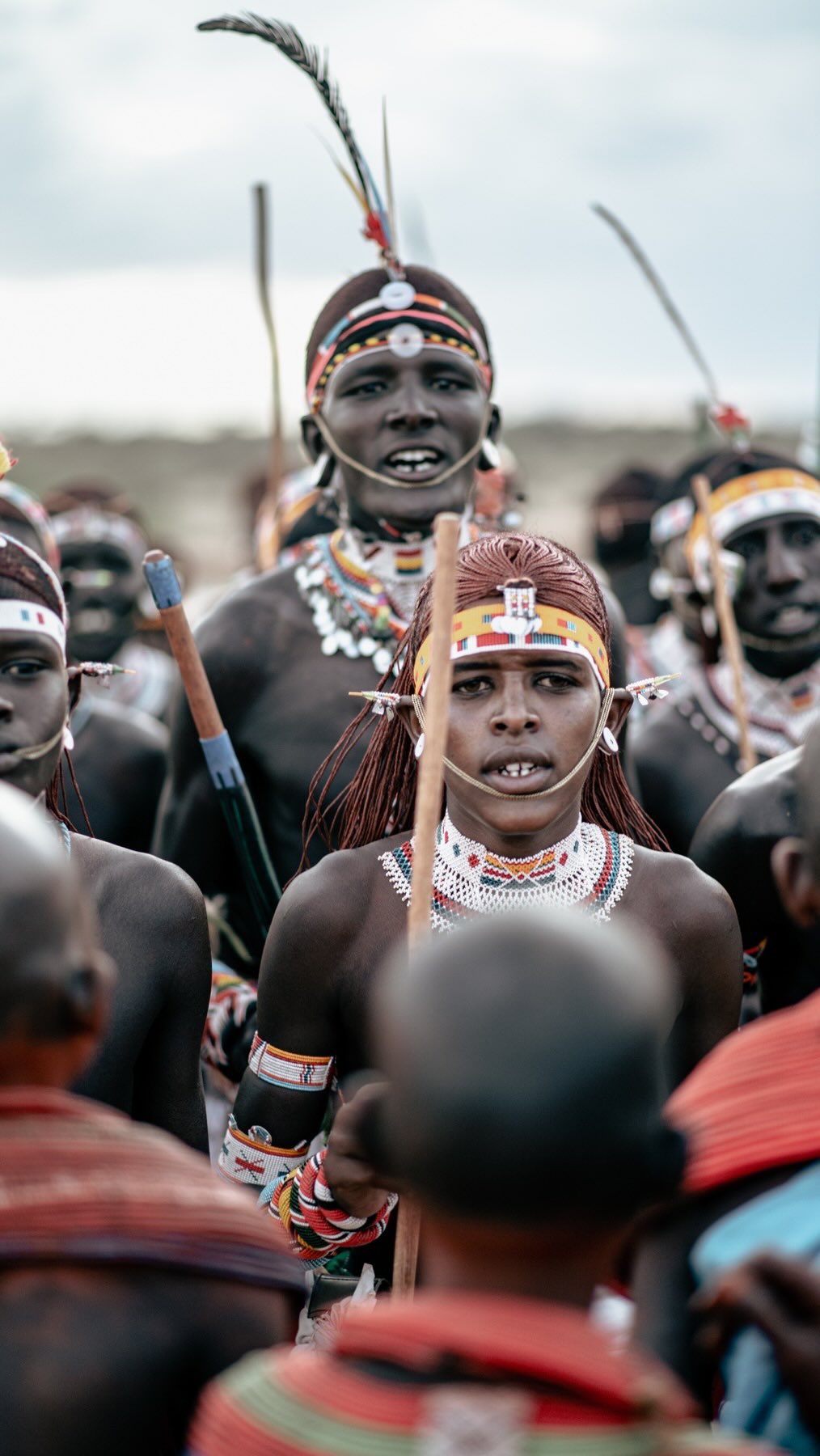
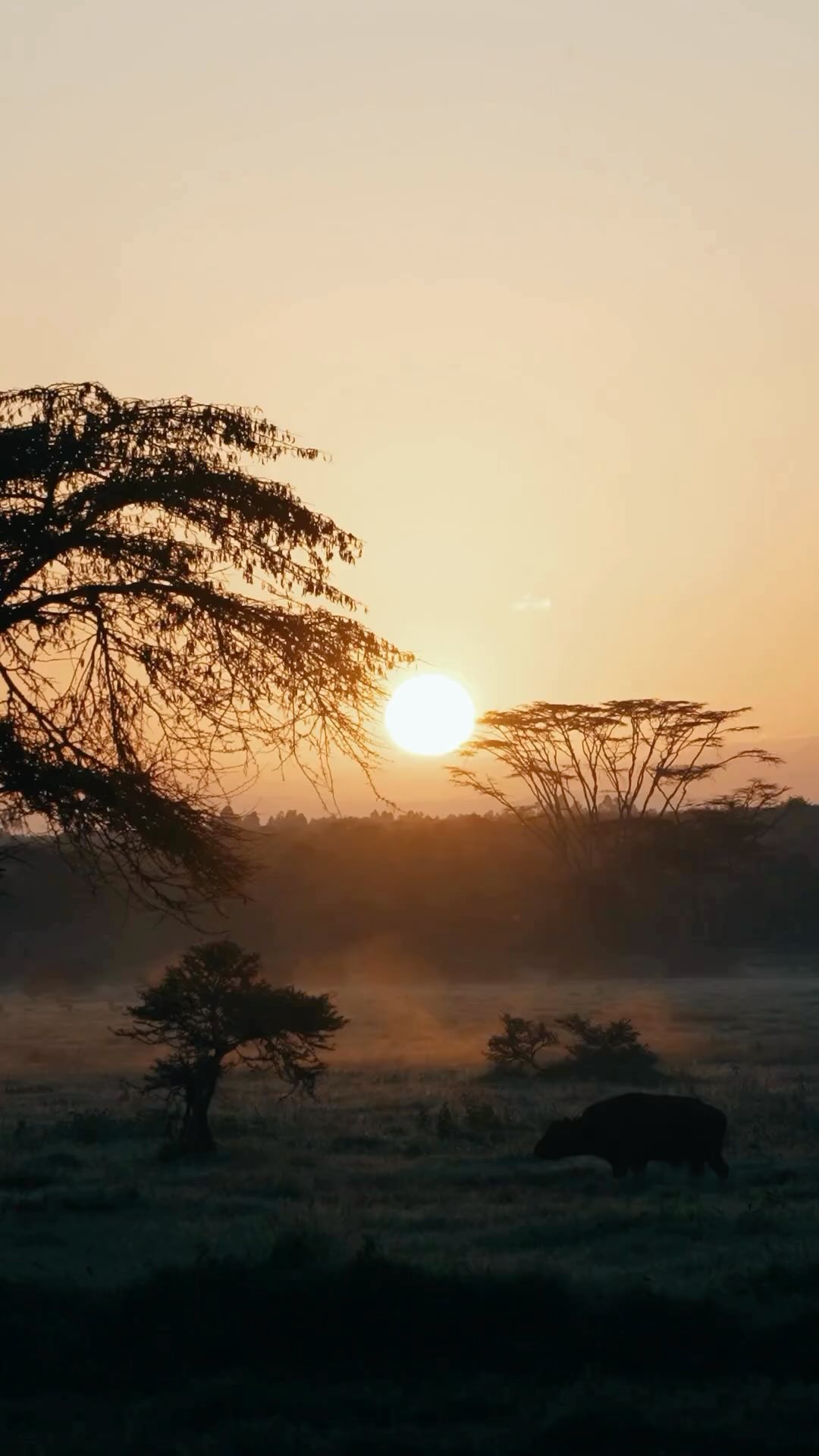
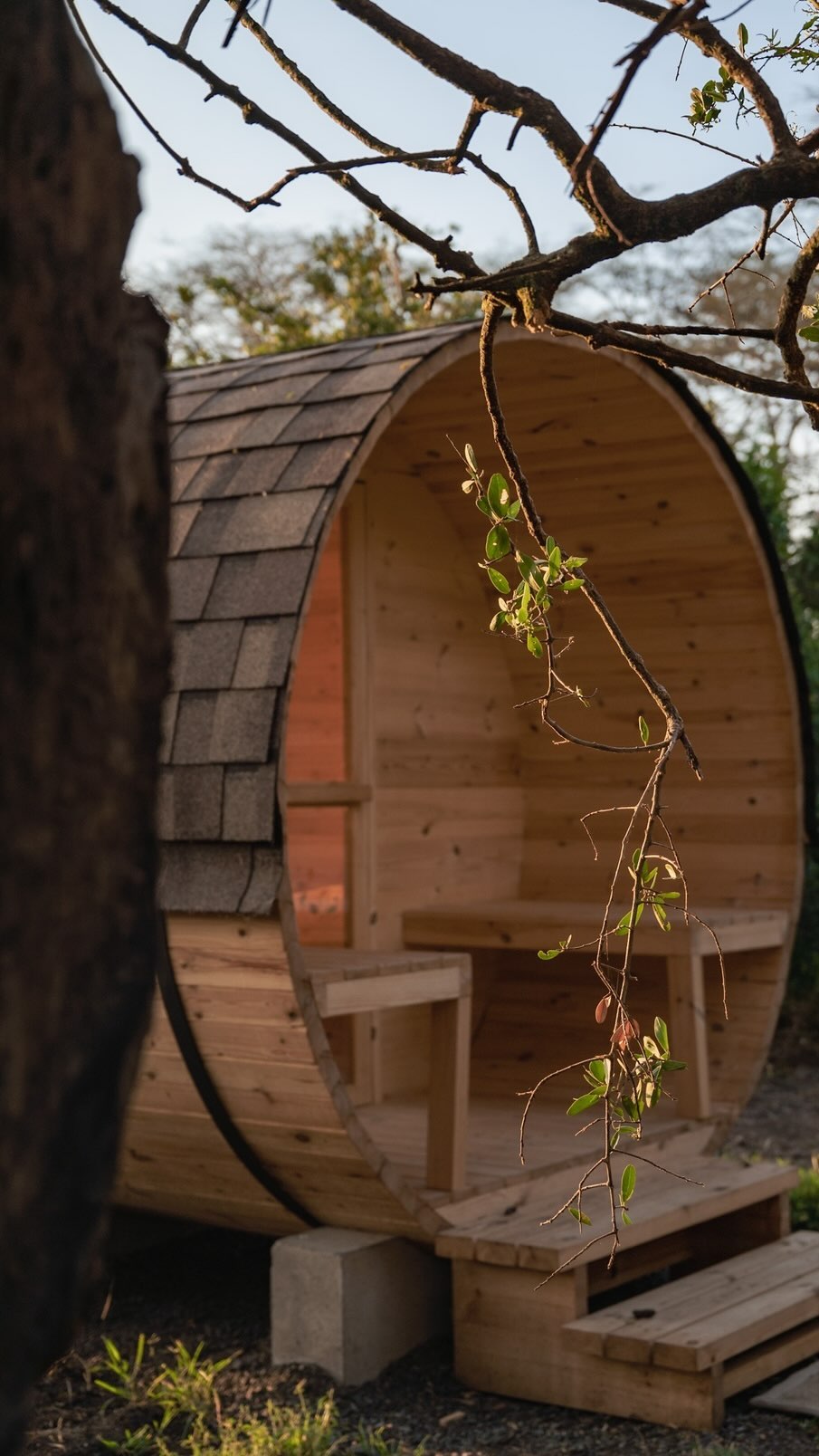

CONNECT & FOLLOW